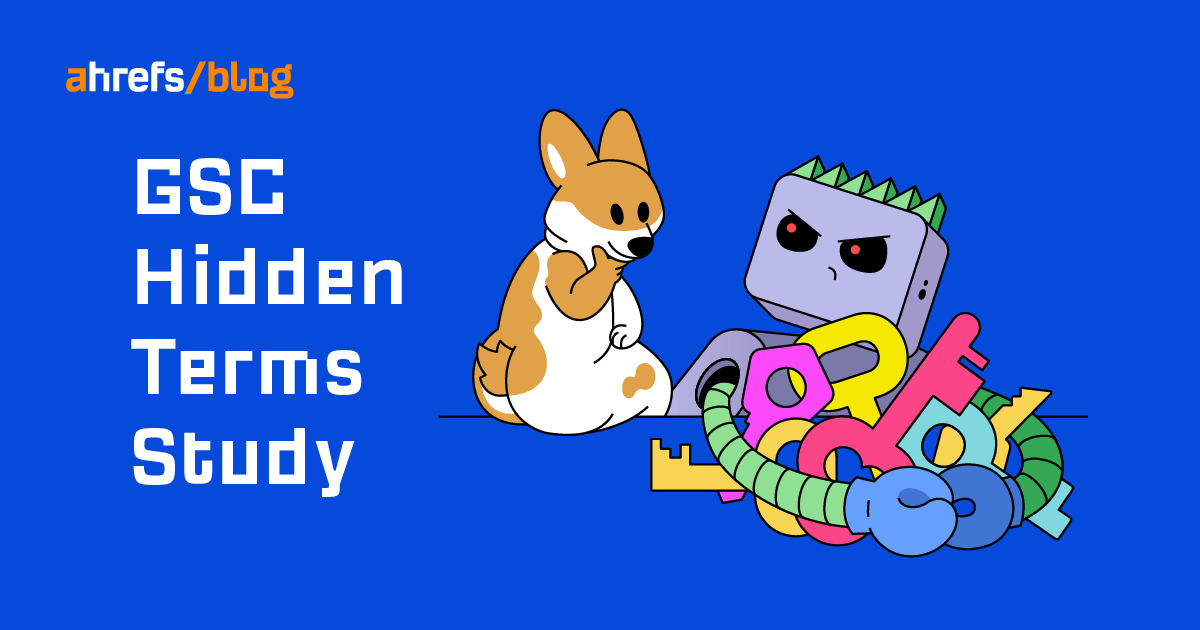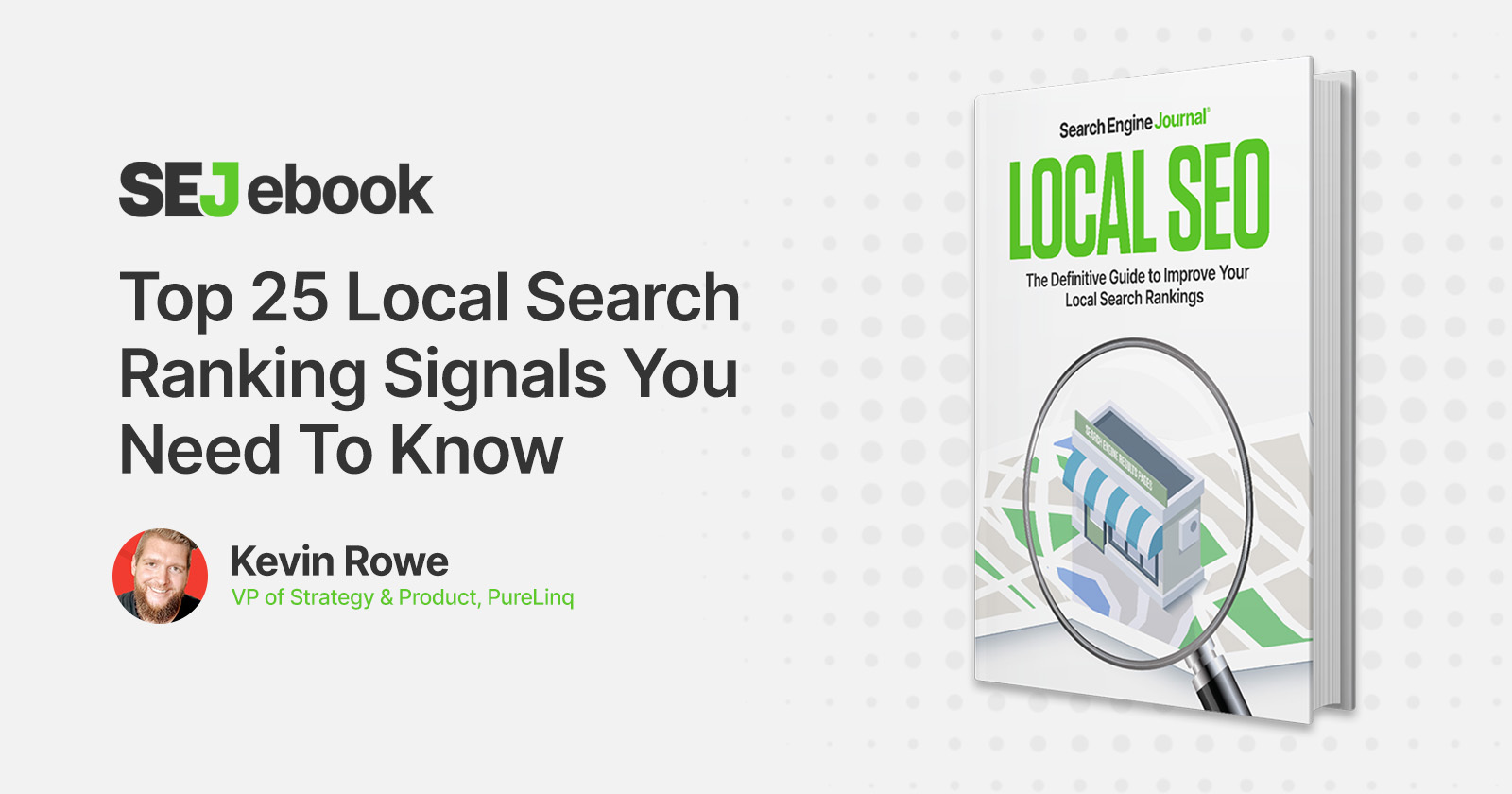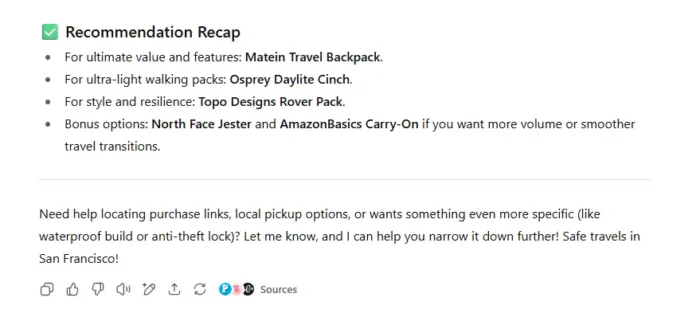What Is Link Bait? 7 Successful Examples
That is one of the many reasons why link building is hard. Pages need links to rank. Yet not all pages will earn them. But there is a certain type of page you can create that will naturally earn...
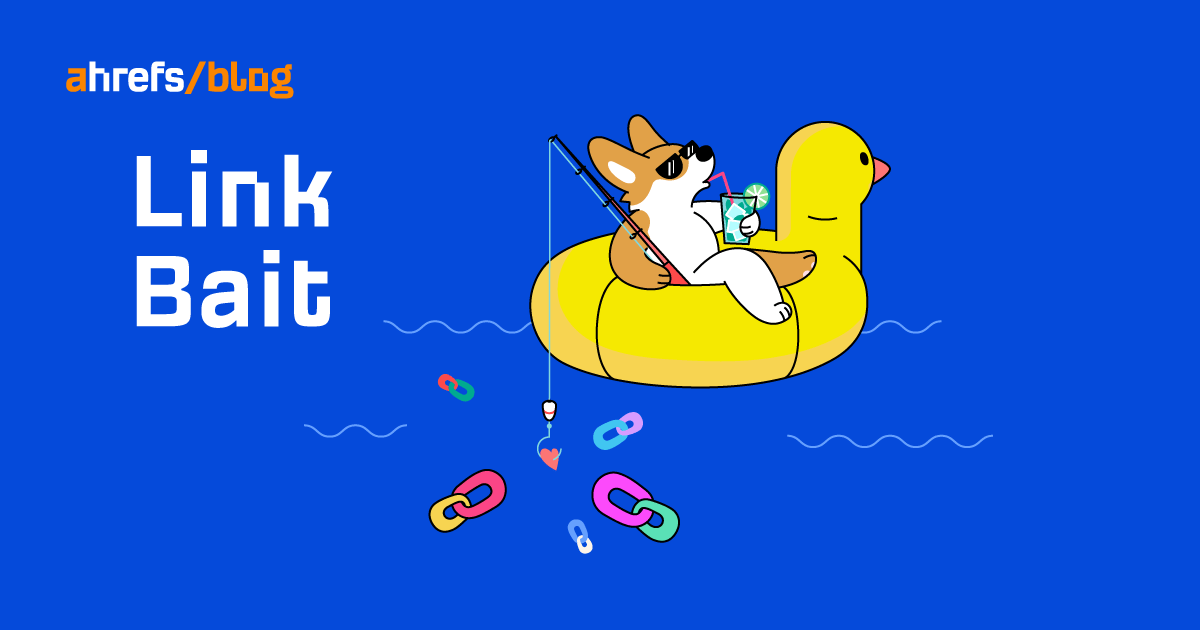
Not every page on your website will earn you backlinks. That is one of the many reasons why link building is hard. Pages need links to rank. Yet not all pages will earn them. But there is a certain type of page you can create that will naturally earn links better than others. In the SEO world, we call them “link bait.” Knowing why and how link bait works will help you create more “link magnets” so you can get more links to your website. But first, let’s start with the basics: Link bait is content designed to attract backlinks. It’s something so valuable and interesting that bloggers and journalists want to link to it. Link bait helps you rank higher on Google and get more organic traffic to your website. There are two reasons why this is so. First, because links are one of Google’s top three ranking factors, pages with more links tend to rank higher and get more traffic. Our study of over 1 billion pages confirms this. If you create a piece of link bait about a topic people are searching for, the links it attracts should result in more traffic to the page itself. Second, you can distribute some of the “authority” your link bait attracts to other pages on your website using internal links. This can help boost the pages’ rankings in organic search. Link bait works because it takes advantage of psychological principles that make people want to link to it. These principles are called “share triggers” and were coined by marketing professor Jonah Berger in his book “Contagious.” They are: Here are some best practices for creating link bait that “takes advantage” of share triggers. Try to incorporate at least one or two into your link bait so it stands the highest chance of success. Making your content practical means creating something that the reader can use right away. Examples include tools, calculators, templates, checklists, and cheat sheets. For example, at Ahrefs, we created a whole bunch of free tools. Each of them has a significant number of backlinks: Another way to make your link bait valuable is to give the reader something new to think about. This can be done by tackling a topic from a unique angle and adding something unique to the conversation. Here’s an example: A few years ago, our chief marketing officer, Tim Soulo, published a “rant” about bad email outreach. It was incredibly opinionated and born entirely out of his own experience. But people loved it. This resulted in over 2,500 backlinks from 533 websites: If you’re as old as me, you may remember the glorious days of Upworthy. During its peak, it was as if every single one of the site’s articles went viral. (Although I’ve not seen anyone share Upworthy’s content in recent years.) Upworthy is a website dedicated to positive stories. People kept sharing its articles because each one was engineered to make people feel awe, surprise, happiness, and a general sentiment that the world was not as bad as it seemed to be. Of course, the content worked incredibly well as link bait too: Positivity is just one aspect. There are tons of emotions you can try appealing to, such as anger, excitement, sadness, joy, etc. See if you can incorporate them in your link bait too. For someone to link to a piece of content, a four-step process has to occur: If your link bait isn’t visually appealing, this process gets cut off between “Consume” and “Enjoy.” This is because visuals help people to consume content quicker and easier, thereby increasing the likelihood that someone will enjoy the said content and, thus, link to it. For example, check out this post on the most popular beer in every country. Instead of a simple listicle, the information is actually conveyed in a map: With over 533 backlinks from 179 websites, it did pretty well. If there is one thing that is top of mind for most people, it’s the news. And journalists and bloggers are constantly on the lookout for stories to cover. For example, the biggest news story of the past two years is logically the pandemic and the resulting changes it created. In 2020, Nulab ran a series of surveys regarding remote work and published them in a post. Not only did the post earn 103 backlinks from 80 unique websites… … but it also received links from major publications like Huffington Post, Yahoo, ZDNet, Refinery29, and more: So if you want big news publications to link to you, your content will need to incorporate some newsworthy elements. Here’s a great list to look through and apply to your own content. Another strategy to make your content newsworthy is to do newsjacking. Newsjacking is about monitoring live news and spotting opportunities to put your brand in the center of conversations by reacting with expert commentary and thought leadership pieces. We interviewed Will Hobson, the PR director at Rise at Seven, to share tips on how to successfully execute newsjacking. You can read his tips in the post below. Recommended reading: 9 Great Public Relations Tactics With Campaign Examples Bestselling author Yuval Noah Harari wrote: Humans think in stories rather than in facts, numbers, or equations, and the simpler the story, the better. Humans are storytelling animals. It’s how we function as a society. So it’s surprising to no one that we share and link to stories. For example, rather than bash people over the head with logic and reasoning about why debt is bad, Wealth Simple decided to go with a story angle. It earned a respectable 85 backlinks from 62 referring domains: Plenty of which came from large websites like Huffington Post, BuzzFeed, Slate, and more: Telling a good story is difficult. But if you can do so with your link bait, it may be worth a shot. If people are linking because of certain reasons in competing pages, it is logical to assume that the particular reason is important to that topic. So before you create your link bait, you should look for common link reasons in a similar page’s backlink profile. Here’s how: For example, if we do this for Greatist’s post on the perfect kettlebell swing, we see quite a few people linking because the post mentioned the benefits: If you’re writing about the same topic, mentioning benefits may give your link bait a chance to get more links. Here are seven of our favorite pieces of link bait, each of which attracted tons of links, shares, and attention. We also reached out to their creator(s) and asked, “What do you think made your particular piece so successful/popular?” Their thoughts are included below. This piece earned 75,300 backlinks from 1,500 referring domains. Here’s what Danny Ashton, founder of NeoMam Studios, had to say: I believe timing played a big part here; we published it when infographics were a hot topic in 2013. I think the interactive format also helped—a lot of people hadn’t seen anything like it back then. I also made sure we only used scientific studies to support each point, as most other stuff out there was a mix of pseudo-science and opinion. And the fact that we promoted the hell out of it helped too! This piece earned 714 backlinks from 324 referring domains. Here’s what the creator, Matt Dempsey, had to say: I think it was successful because it paired a subject matter people were interested in with a new medium people were delighted by. The site tapped into a film millions of people knew and loved but most didn’t completely understand—you just had to check the Google search trends for ‘Inception explained,’ etc., beforehand to see the demand for a succinct explanation. I also used parallax scrolling, which was a very new technique at the time. I think this was the most complicated and intricate implementation of it, so it resonated well with the tech/design community. This piece earned 2,100 backlinks from 400 referring domains. Here’s what Jacob O’Neal, the CEO of Animagraffs, had to say: Personally, I think there are four main reasons the content performed well: This piece earned 6,600 backlinks from 2,600 referring domains. Here’s what our CMO, Tim, had to say: First of all, I didn’t know that it would perform better than any other study I did. Otherwise, I would only publish the studies that do well and never publish anything that flopped. As for why this particular one performed so well, in my opinion, it’s because it provided people from the SEO industry with a striking stat that helped them pitch the importance of SEO. 90% of content gets no traffic from Google—that’s a killer argument to audit your own content and decide if you were investing enough in SEO for the past few years. Bottom line: People love data-backed claims. So if you can do some form of industry research, there’s a good chance people from your industry will reference your work. This piece earned 201 backlinks from 52 referring domains. Here’s what the creator, Manasvini Krishna, had to say: These are some of the reasons, in my opinion: This piece earned 1,100 backlinks from 306 referring domains. Here’s what the creator, Caleb Barclay, had to say: Here are some initial thoughts: This piece earned 529 backlinks from 273 referring domains. Here’s what the creator, Asher Fergusson, had to say: I think what made my research on the best countries to raise a family in 2020 so popular is that it was original research on a topic that is close to home for a lot of people. And then on top of that, with the USA not ranking so highly, it was very controversial for most Americans. This helped it get on the front page of Reddit and then it went viral in the press, which brought the study countless awesome links and 35,000 hits per day for a while. My biggest error is not updating the study for 2021, but I plan to do an update for 2022, and I imagine it will go viral again and attract a bunch more links. The simplest method for finding great link bait ideas is to piggyback off what’s working for your competitors. Here’s how: Eyeball the list to see what kind of formats and topics resonate with people in your niche. For example, if we did this for the Hong Kiat blog, we’ll see that listicles are popular in the design niche. Whereas, if we analyzed our own blog, we’ll see that data studies are the most popular in the SEO space: Link bait is more than just creating something unique or visually appealing. For it to attract links, you’ll need a combination of well-crafted content, a well-defined audience that has the ability to link to you, and a well-executed promotional plan. It doesn’t matter if you create the greatest piece of content in the world—you won’t get any links if people don’t know it exists. Any questions or comments? Let me know on Twitter.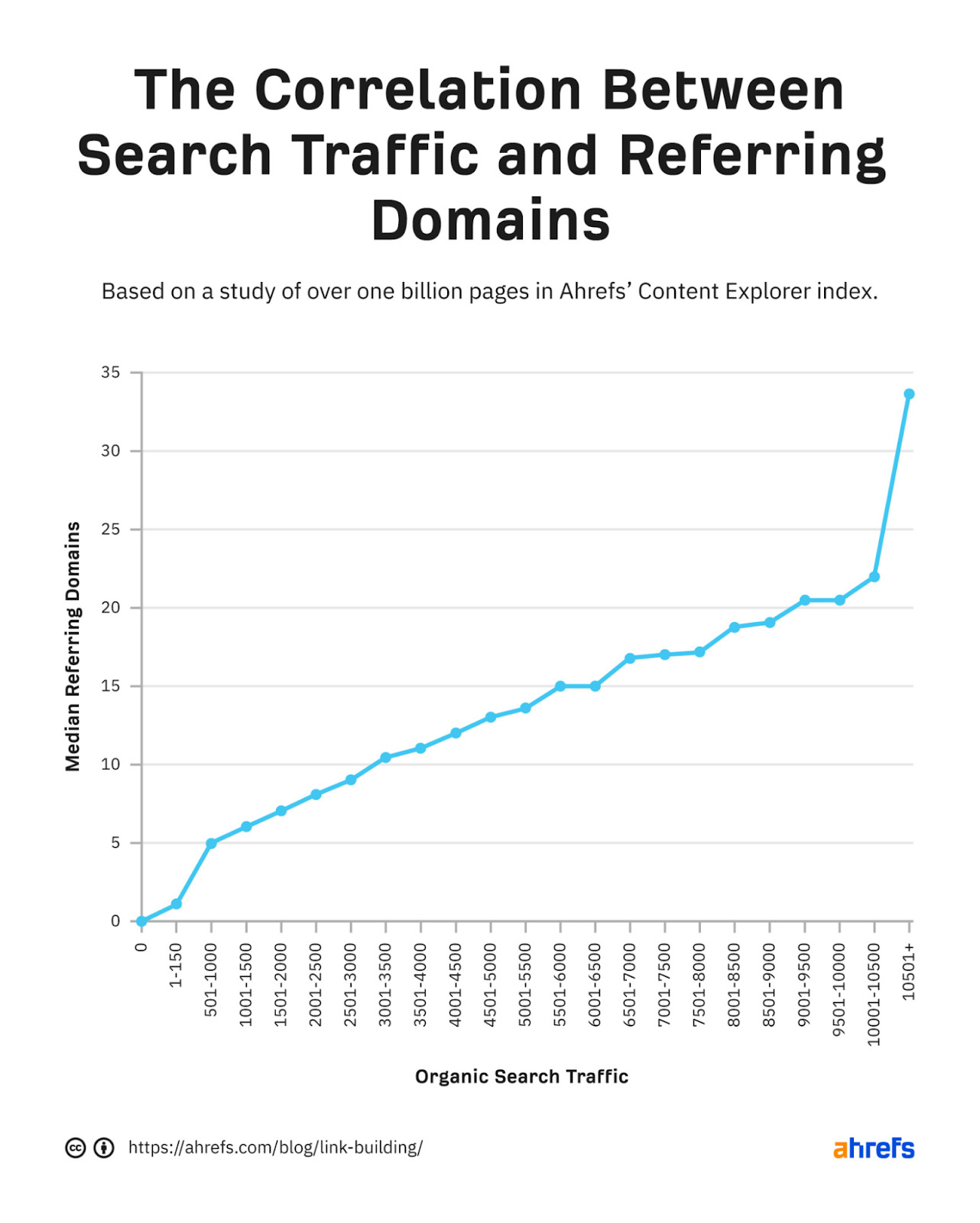
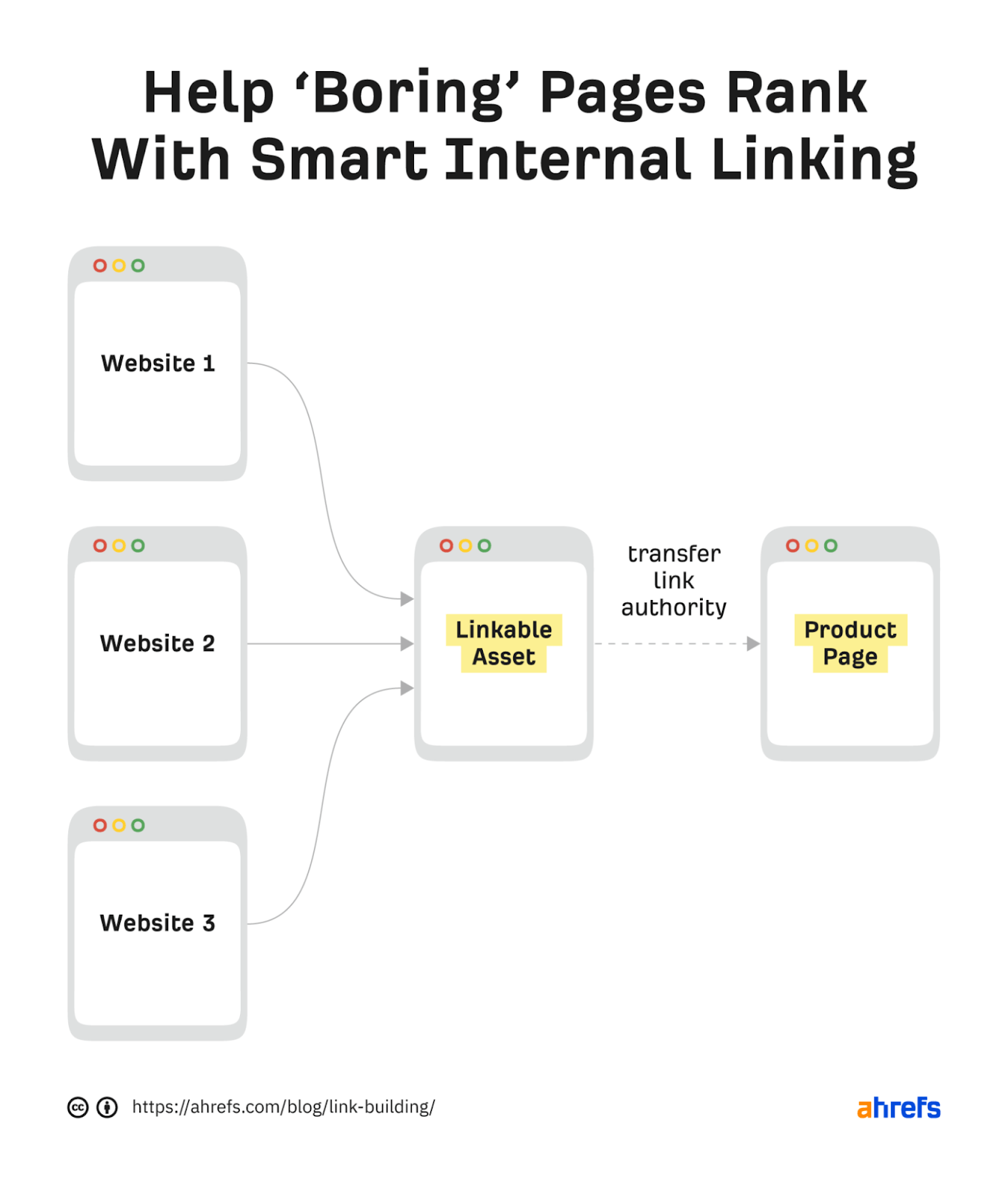
1. Make your link bait practical

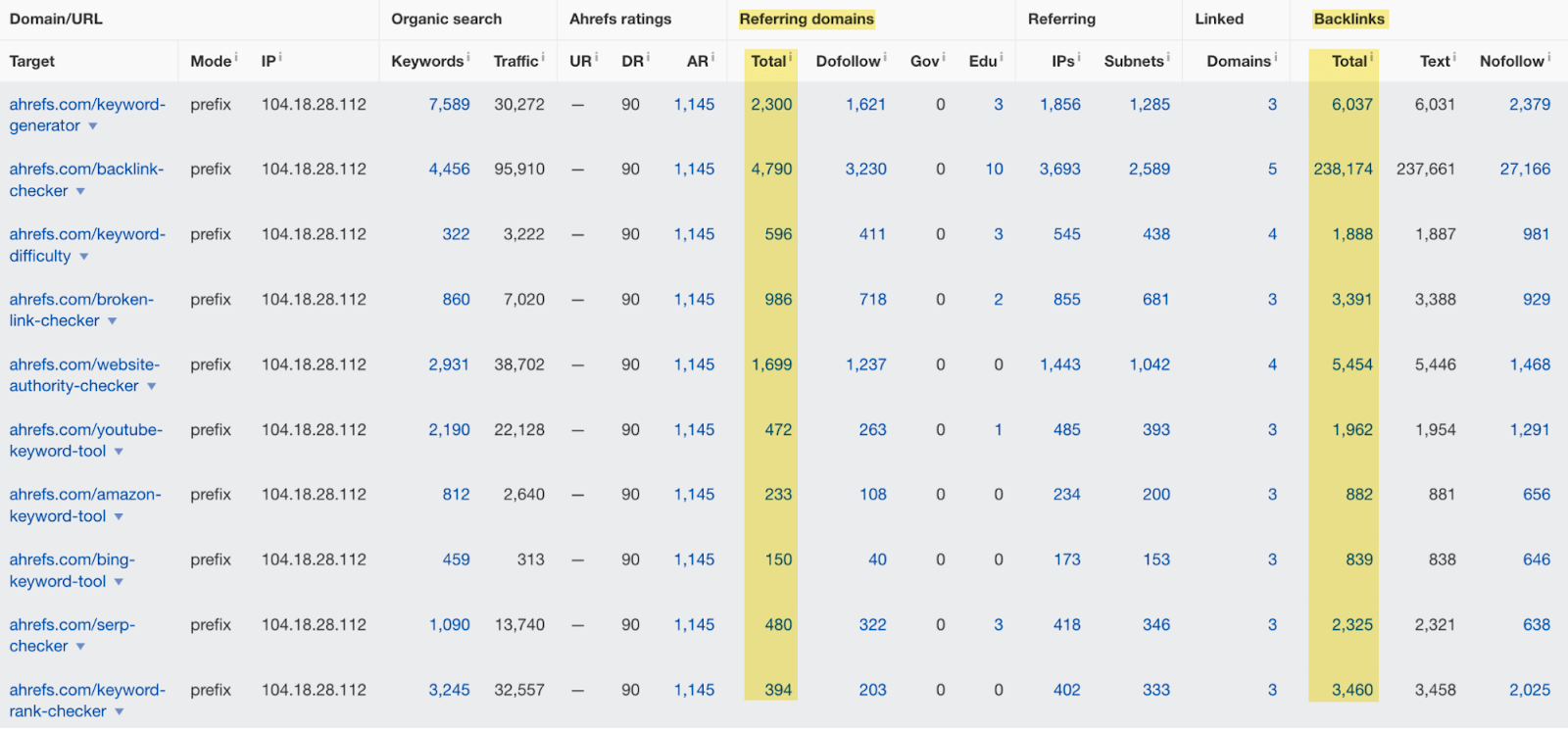
2. Make your link bait opinionated

3. Make sure your link bait evokes emotion

4. Make your link bait visual

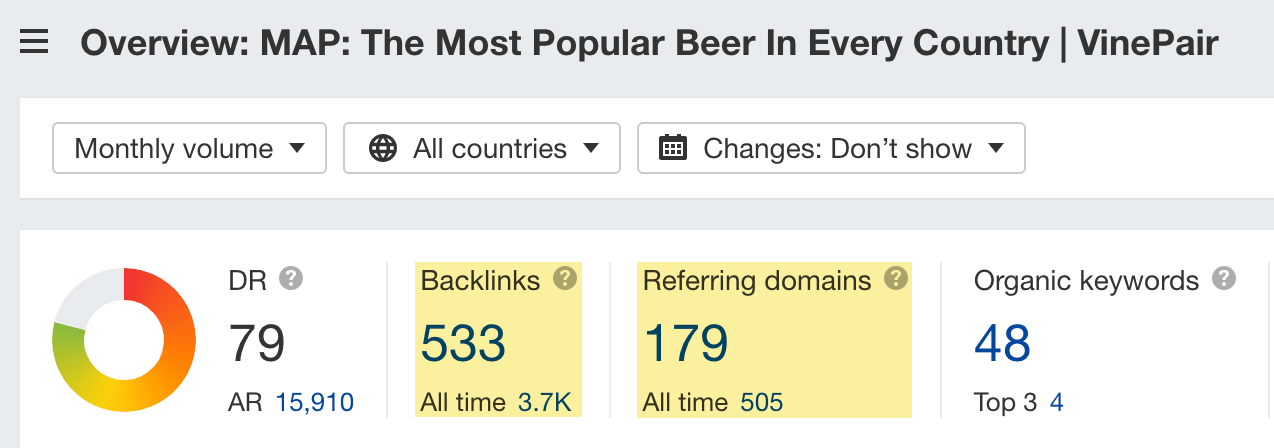
5. Make your link bait newsworthy


6. Make your link bait a story
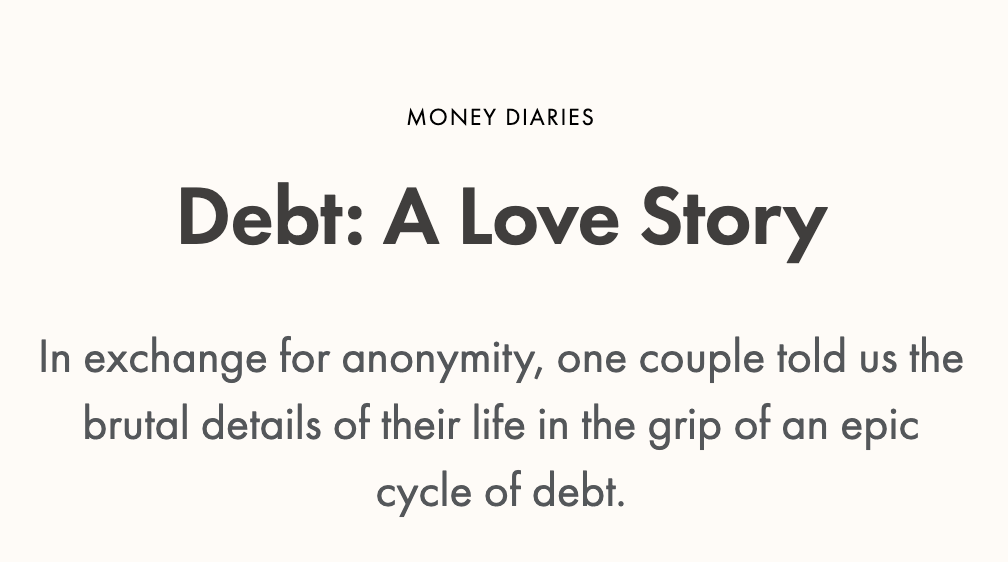


7. Include what other people are already linking to
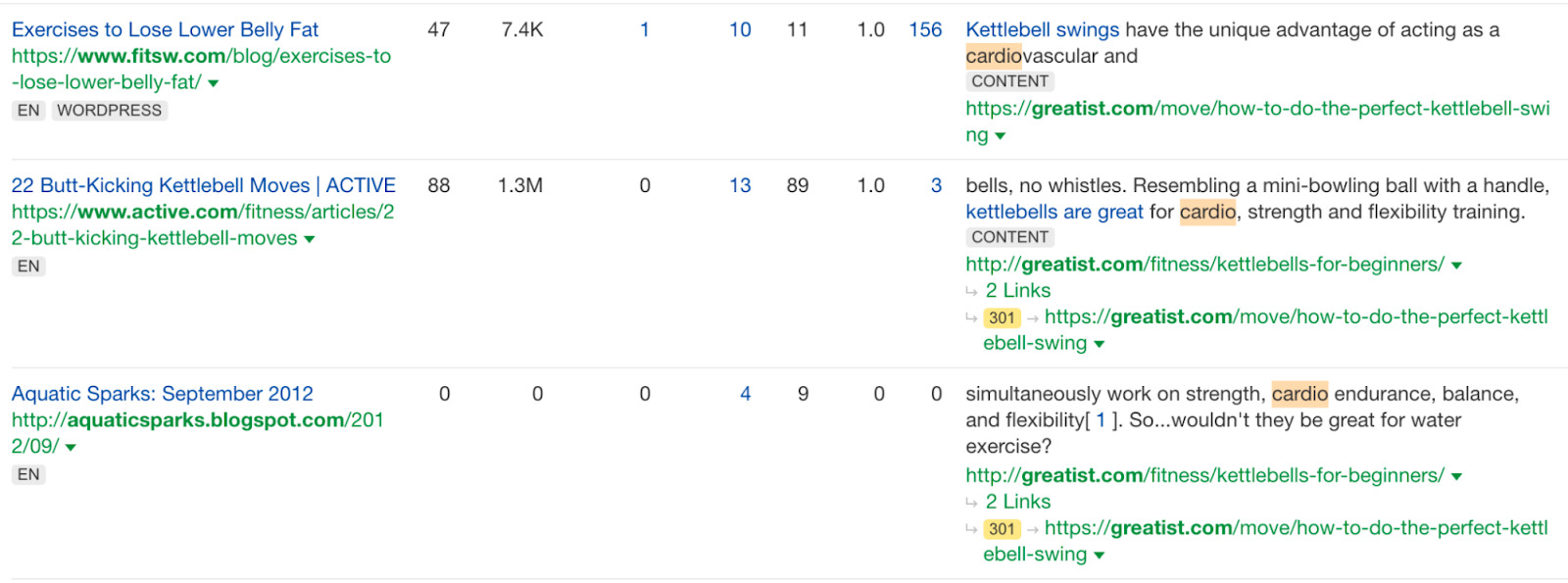
1. 13 Reasons Your Brain Craves Infographics
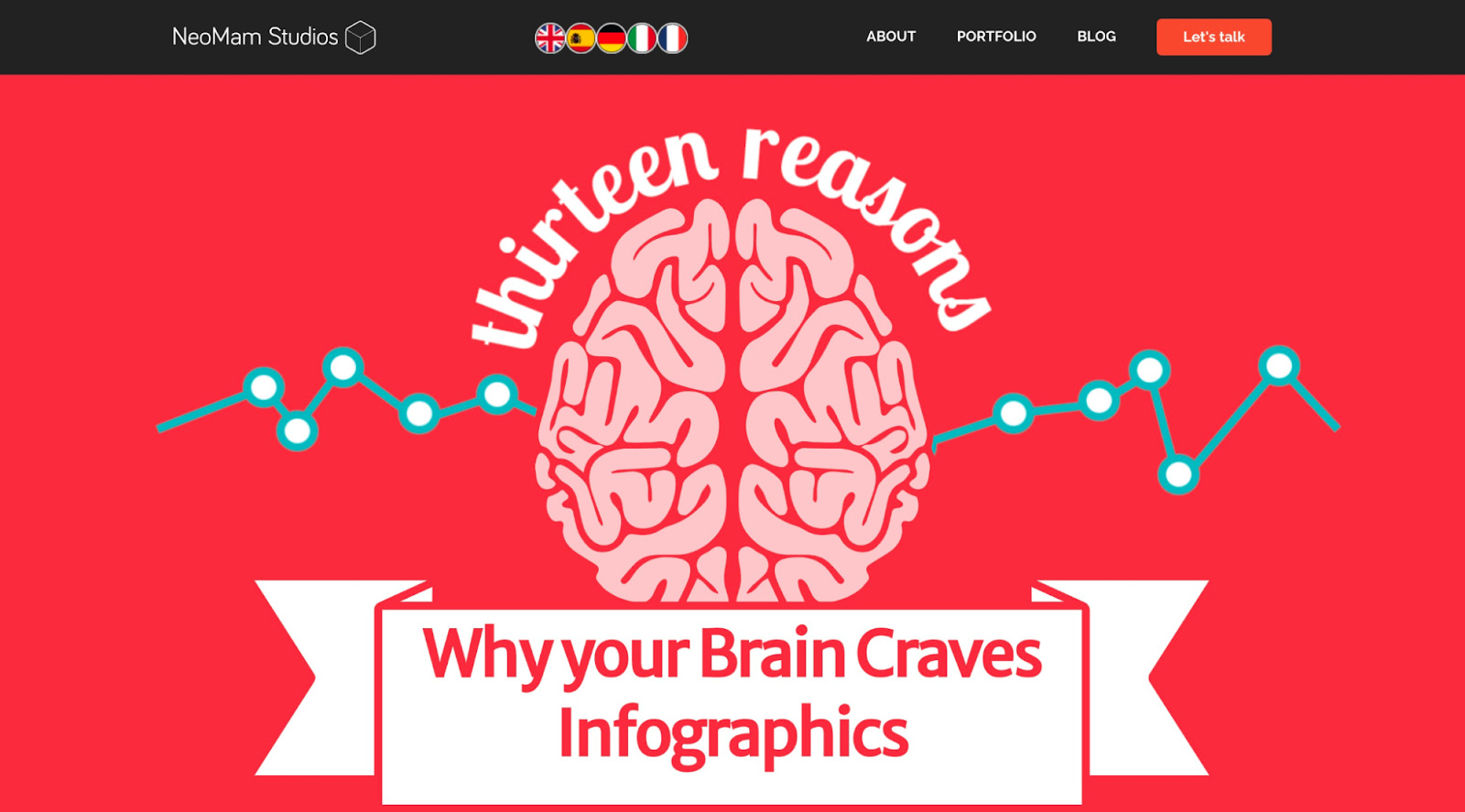


2. Inception Explained
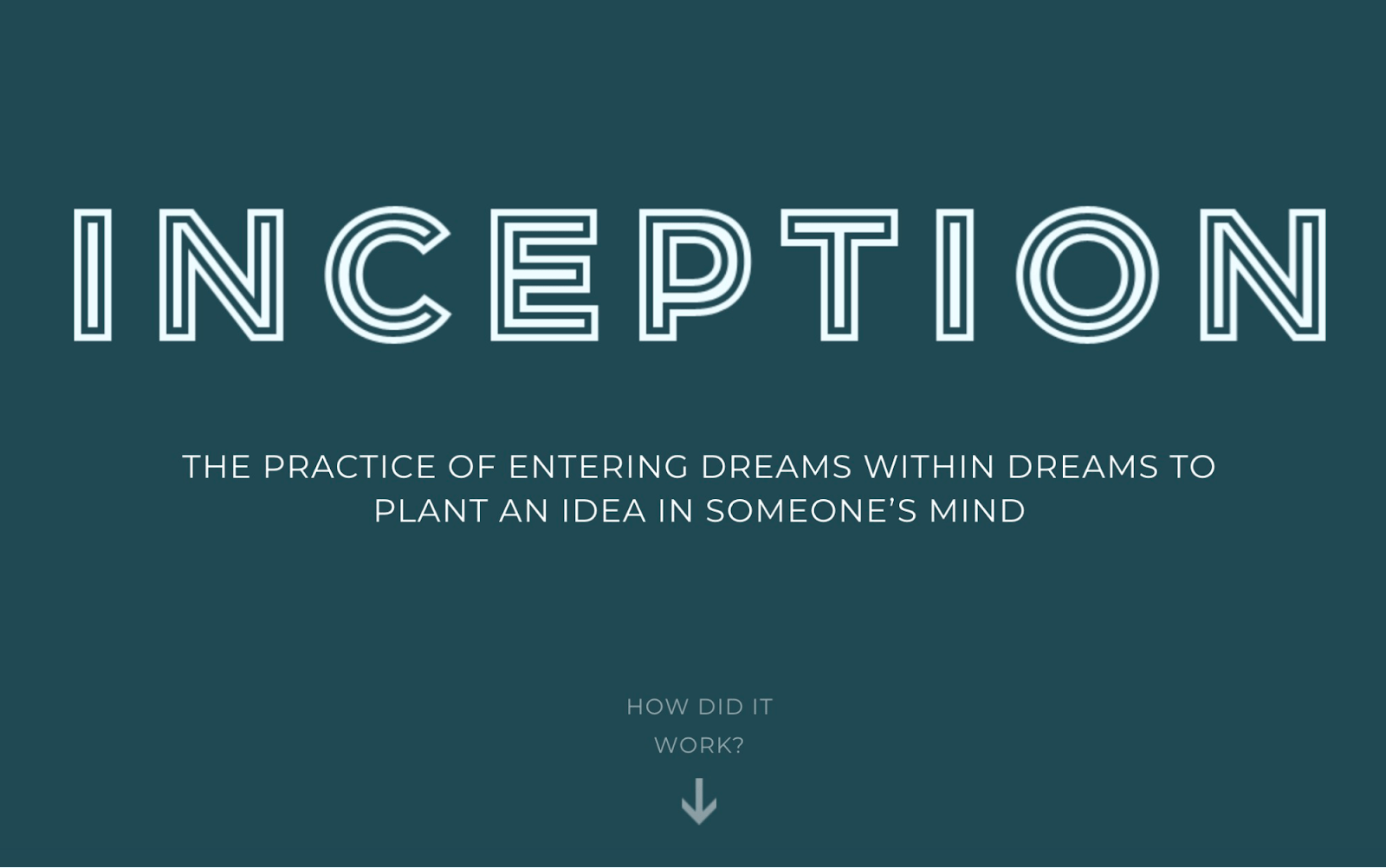
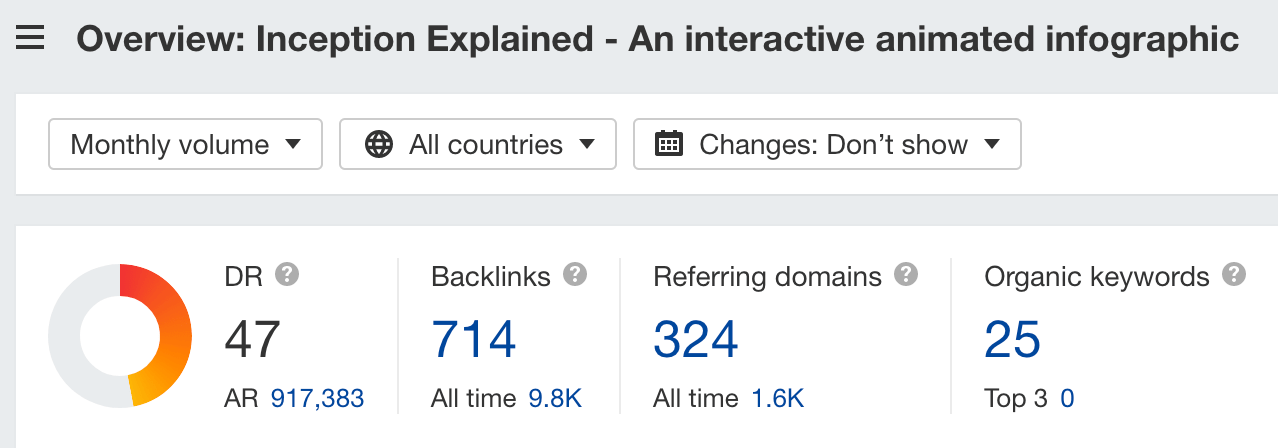

3. How a Car Engine Works
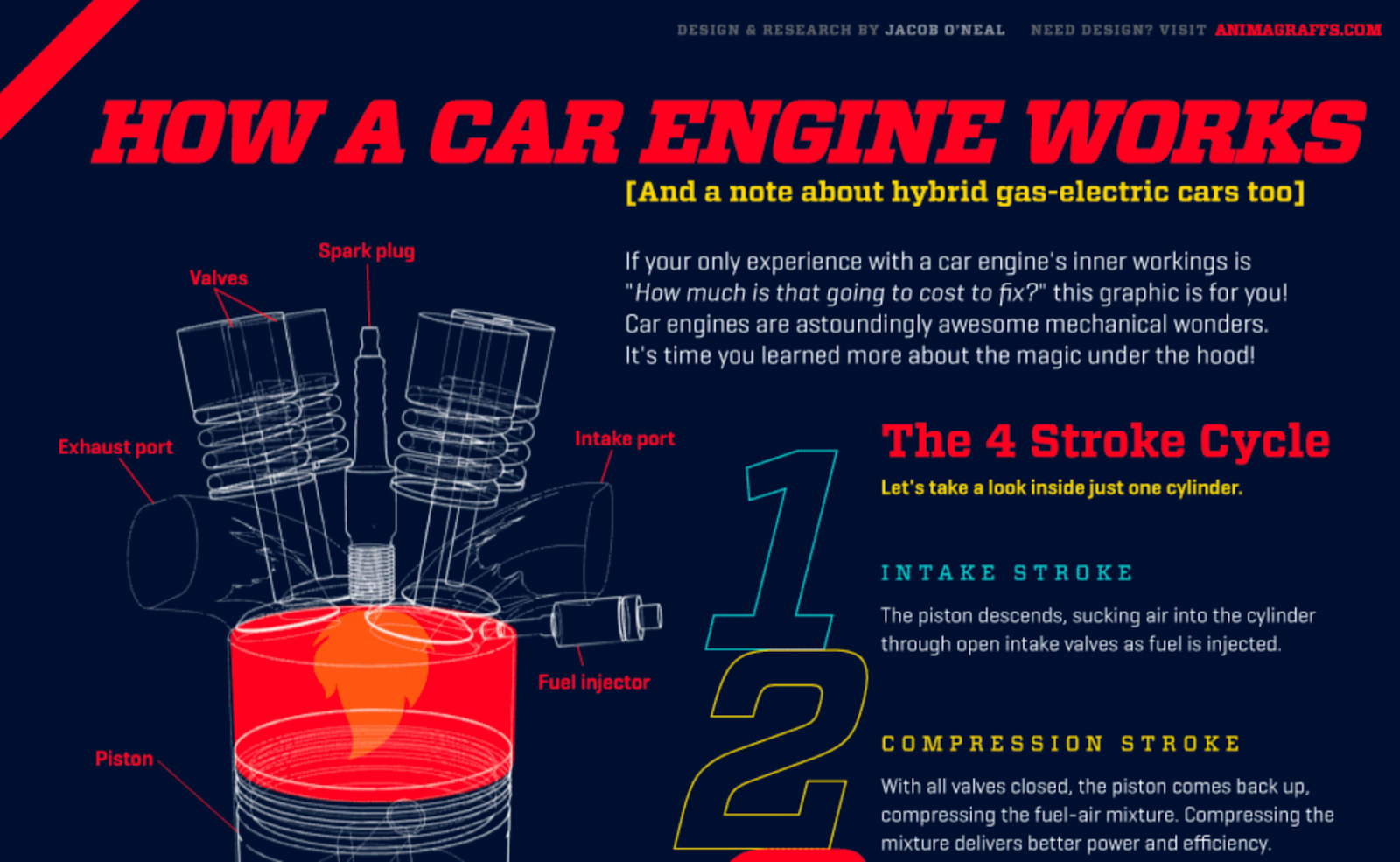


4. 90.63% of Content Gets No Traffic From Google. And How to Be in the Other 9.37%
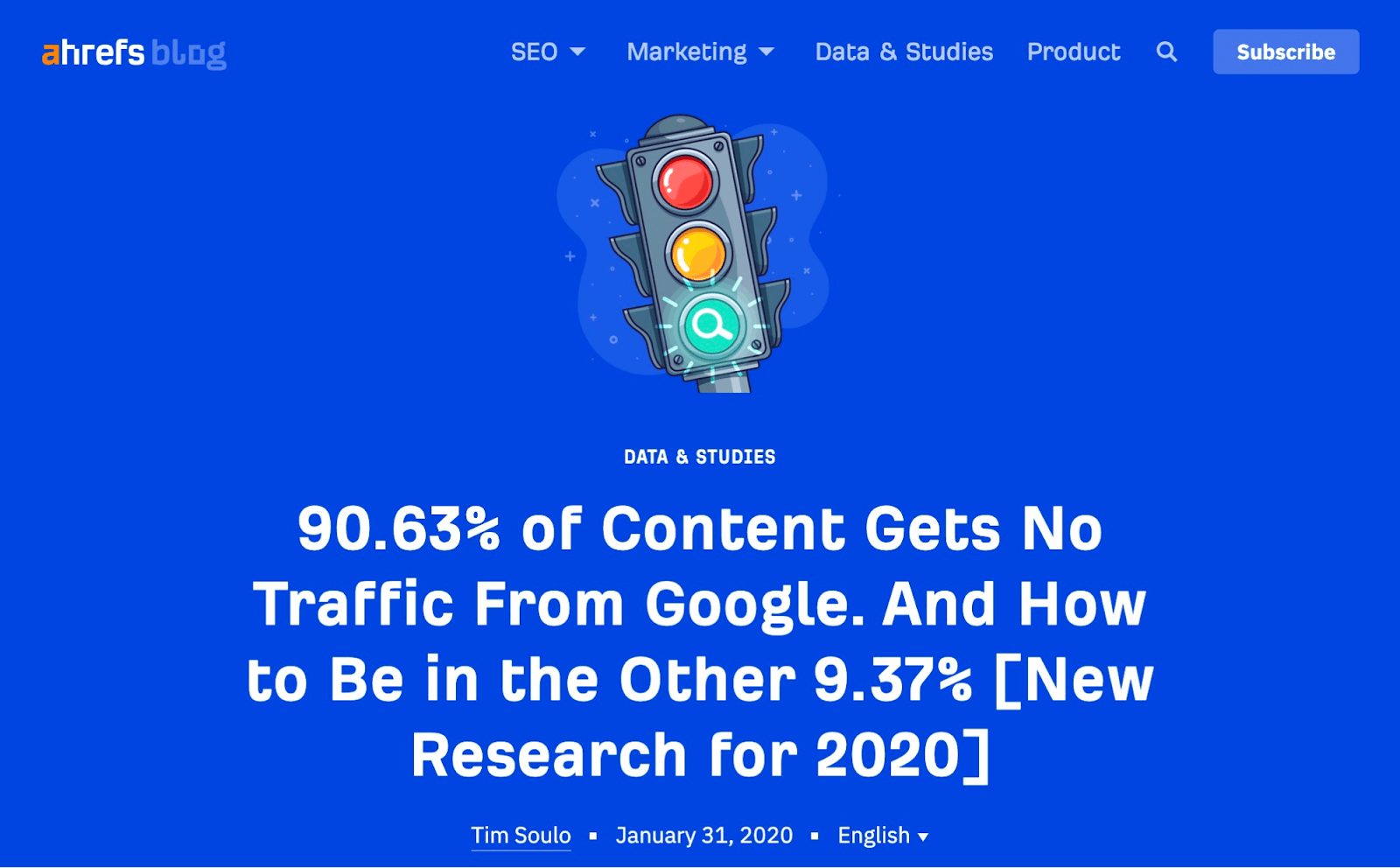


5. Why Do I Procrastinate?



6. Investment Calculator
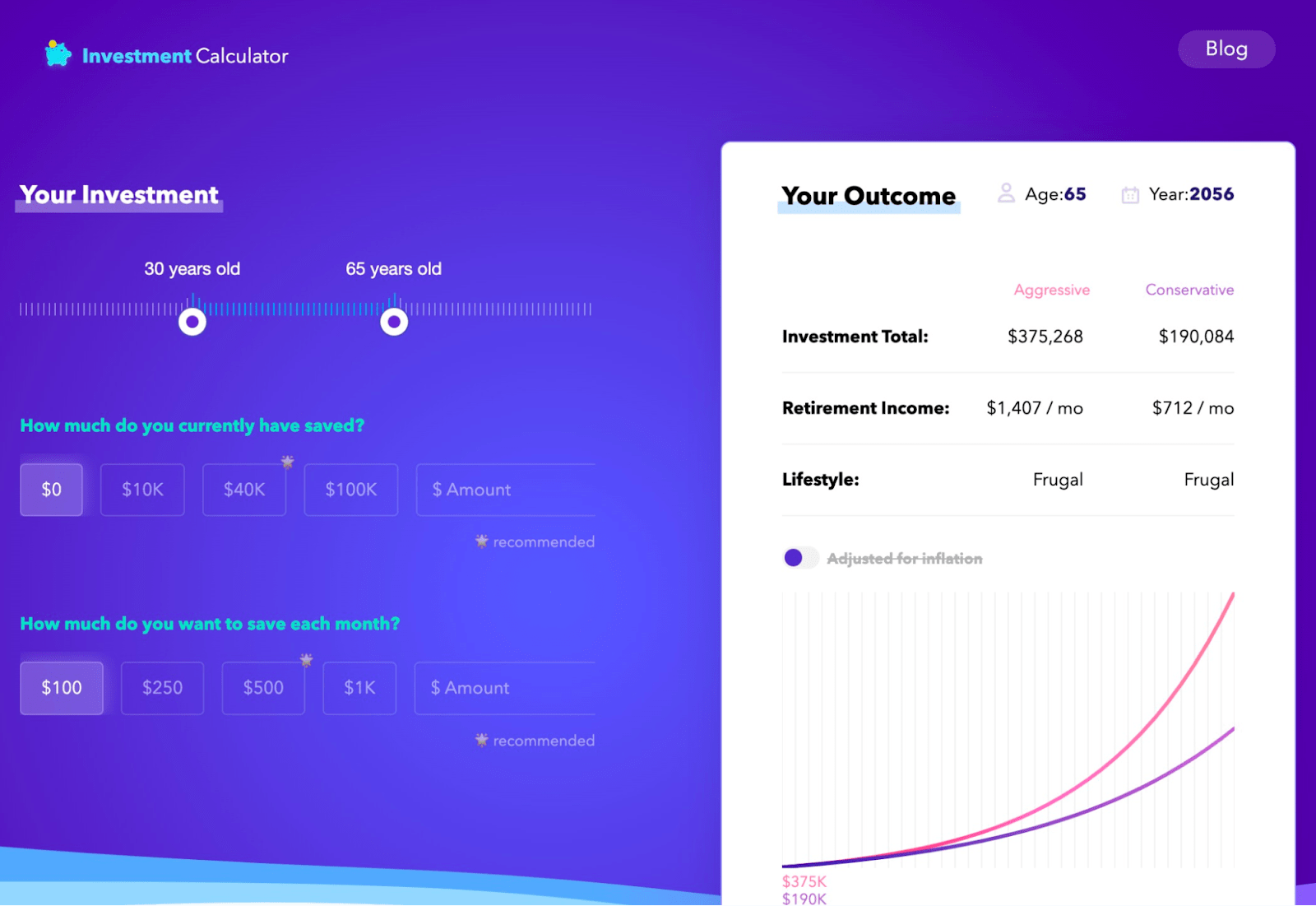
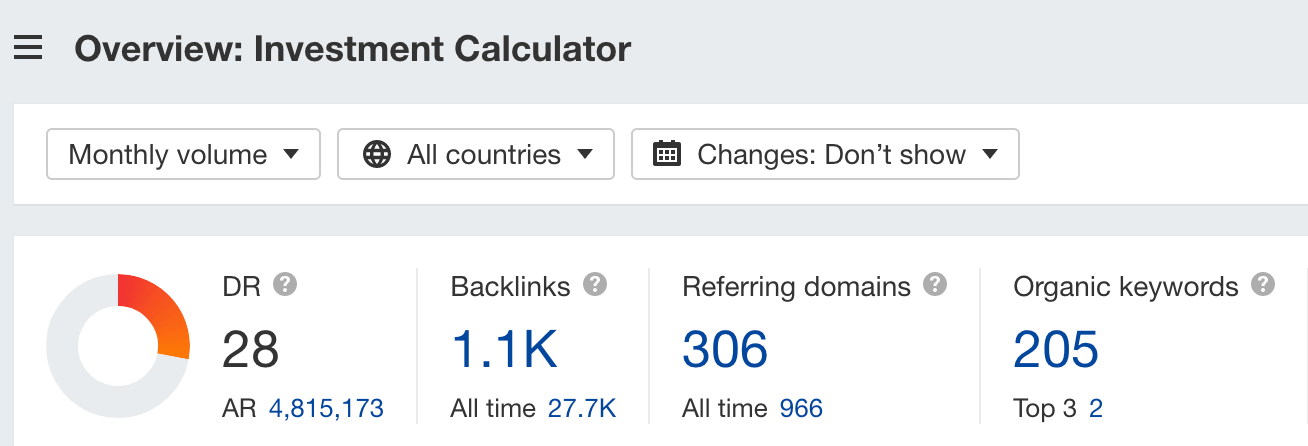

7. The 35 Best Countries to Raise a Family in 2020
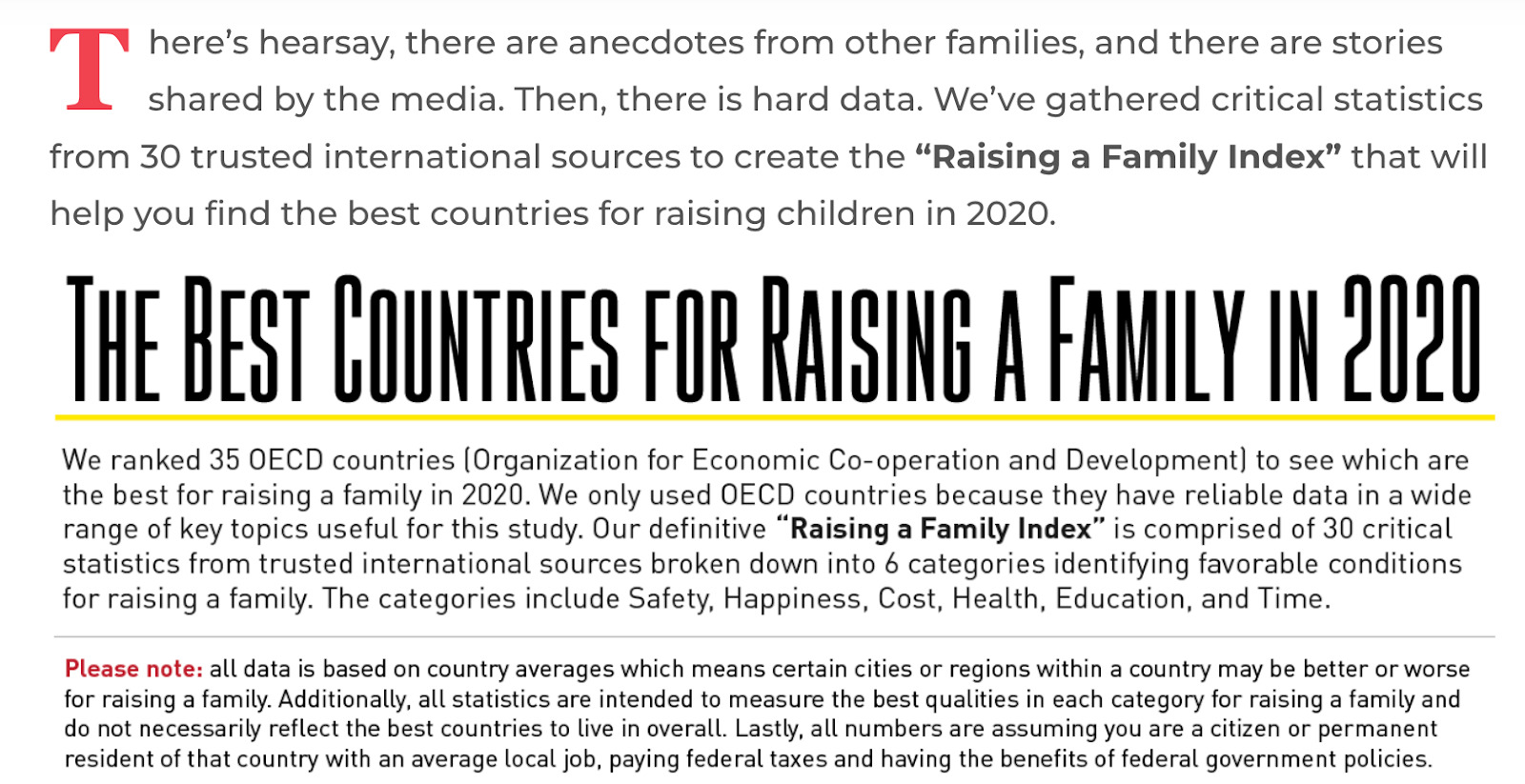


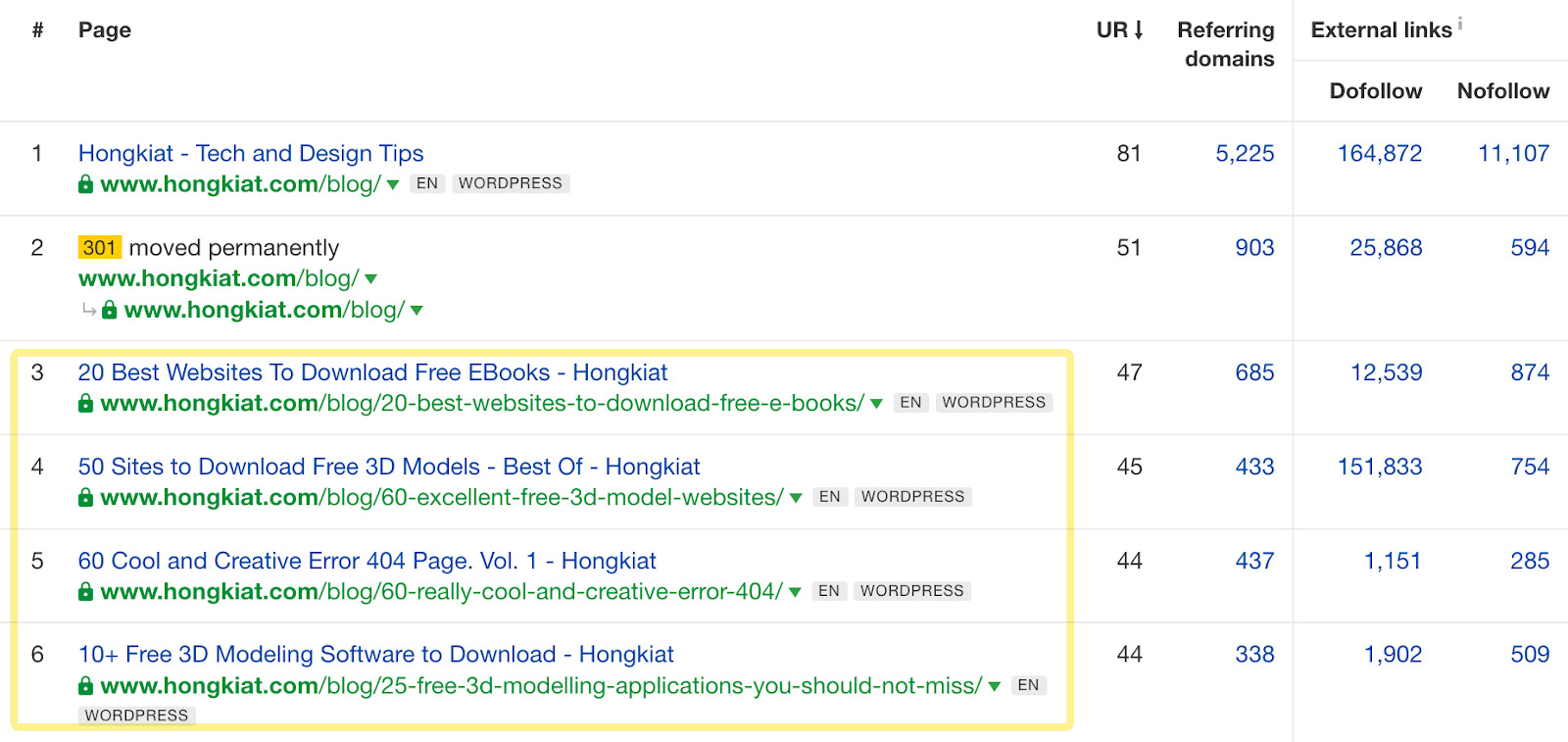
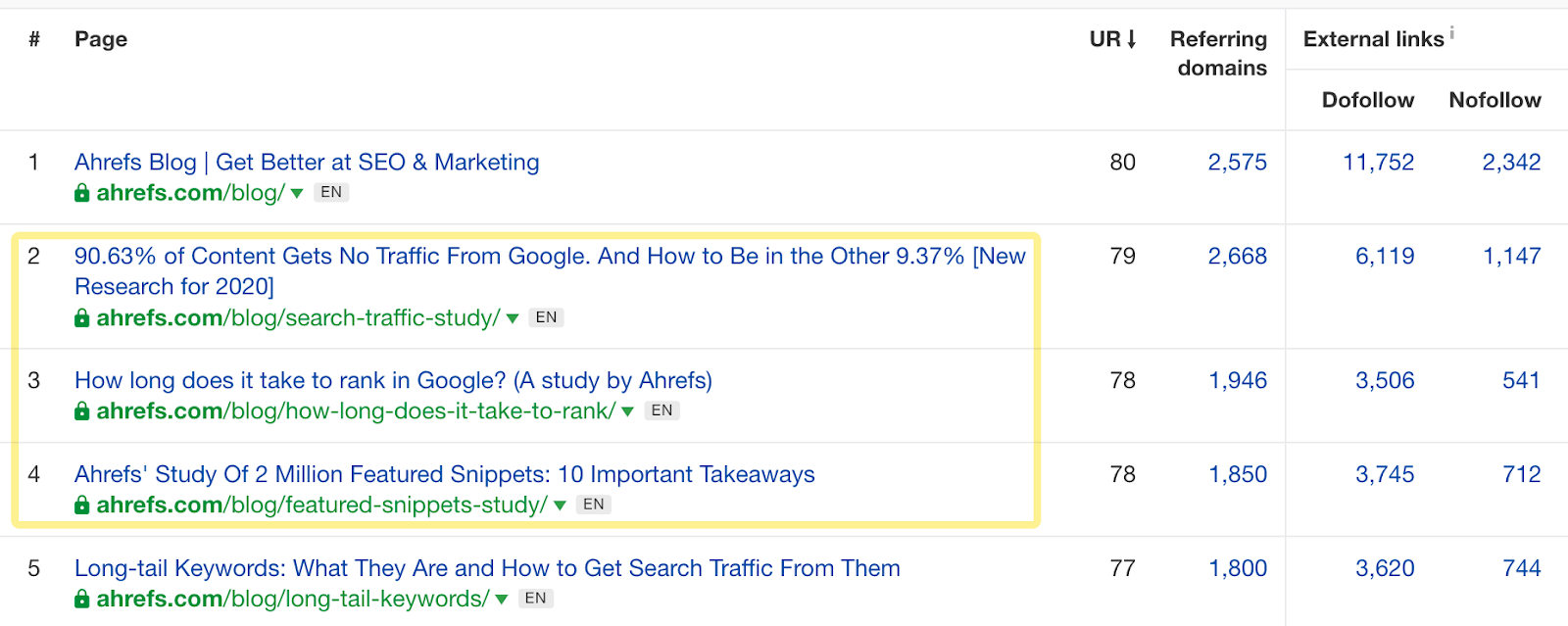
Final thoughts

 ShanonG
ShanonG 









